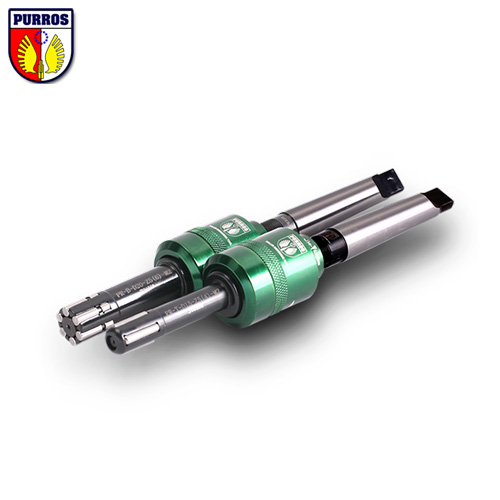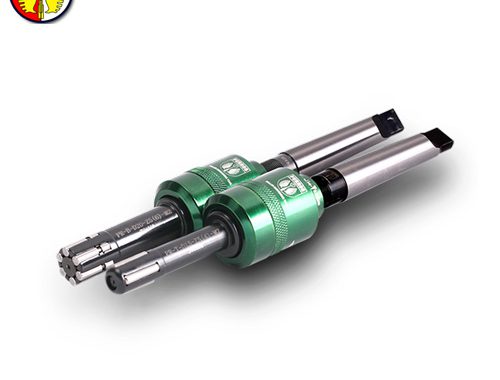Roller rolling tool processing principle and processing conditions.
Processing Principle:
The surface of metal surface is rolled by roller to produce plastic deformation. The raised part of the surface is rolled to the depressed part and processed into a smooth mirror-like surface. It is a non-cutting plastic processing method.

Processing conditions:
1. Rolling tools can only process metal materials, and the hardness of materials is below HRC 40 degrees.
2. Rolling tools must be clamped on rotating and feeding equipment for processing. Such as Drilling Machine, lathe, milling machine, Boring Machine, processing center, etc.
3. When working, clean low-viscosity oily working fluid or low-viscosity lubricating oil should be selected (steel parts are made of oil and diesel oil, aluminum parts are made of oil and kerosene in a ratio of 3:7); sewing machine oil or transformer oil can also be used; and the rolling head should be cleaned regularly.
4. Rolling tool shank shape according to machine tool selection (straight shank) Mohs taper shank, BT, CAT, etc.
Widely used in all fields of mechanical processing:
Automobile and motorcycle parts, hardware, electromechanical, petroleum machinery, construction machinery, sewing accessories, air-oil compressor, aerospace and aerospace.

